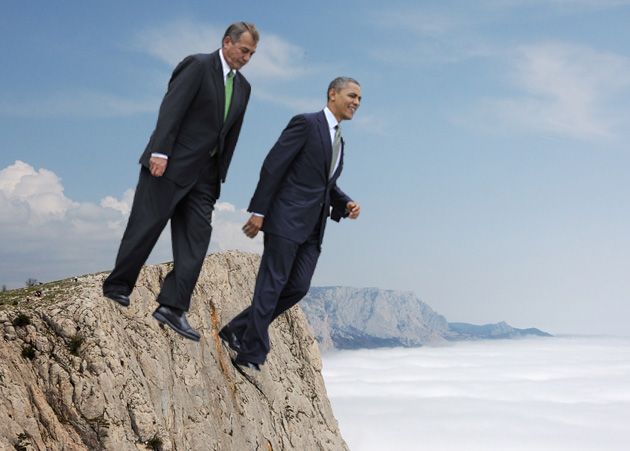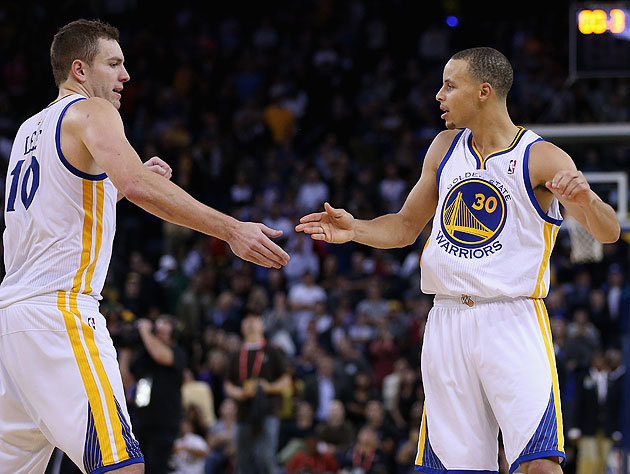Nestled between a Subway and a beat-up video store in Waterford is the Pioneer Market. Inside this local grocer was my sweet paradise, also known as the candy aisle. Treats hanging from shelves. Posters of chocolate and oatmeal cookies plastered on the walls. So much color. Reds and pinks and yellows and greens. The store was a temptress. Pioneer Market was a quiet store, yet I was entranced by the sounds of extreme sour candies begging for me to give them a taste.
I stumbled upon the wonderland after wandering off during one of my family’s weekly grocery hauls. While my mother called for me in despair from a couple aisles over, I was entranced by cotton candy bubblegum and fruit-flavored Tootsie Rolls.
When she finally found me, as I was reaching my short, stubby arms out and up towards the hanging treats, my mother grabbed my grubby hand and spun me so I could look her in the eyes. Worry scrunched her eyebrows and deepened her tone.
“What if something happens to you?” she yelled, her eyes widened and lips trembling with motherly trepidation. “You can’t trust anyone, and you can never be too careful.”
That was the first time I heard those words, in the aisle of sugar and dreams. But they would be on repeat in my life, frequently recited to me with varying degrees of emphasis. I would come to learn the world was a scary place, and I was no match for it. So much so, I clung to my mother when crossing the street at 6. By age 7, I hid behind her body when any gentleman came near. By age 8, I feared hugs from my uncles.
Her coined mantra burned a brand on my mind, shaped like a warning sign and beaming nervous red. Soon, it replaced my own voice.
Being conditioned to see the world as an ever-present danger, a playground for evils to harvest out of nowhere, made for a rough upbringing. What began as mistrust blossomed into full-blown paranoia. Safety didn’t exist outside the presence of my mother. She had a keen sense for potential harm. Her skepticism and worries were always at the highest levels. It was like a superpower, how she could spot the danger lurking in every instance. And without a superpower of my own, I was but helpless bait in the eyes of prey.
This idea that everyone exists solely to make my life a living hell is called paranoia. Often, it leads to paranoid personality disorder, or PPD. The Merck Manual states PPD is characterized by a pervasive pattern of unwarranted distrust and suspicion of others that involves interpreting their motives as malicious.
Eventually, paranoia would interfere with my ability to live. At 16, I realized how much of a hostage I’d become to my mom’s fears. I was weighed down by years of psychological chains. The byproduct was a slew of mental disorders — PTSD, OCD and anxiety — all hiding under the umbrella of depression, the same way I once hid from shadows. Of course, the development of such conditions, especially PTSD, put me at higher risk for suicide, per a multitude of studies. My mother’s efforts to protect me, ironically, pushed me closer to a kind of harm she never anticipated.
Gradually, methodically, the shackles of irrational worry interfered with my daily life.
“It’s your third time here this week,” the nurse at Richard M. Moon Primary school said as I dangled my feet from the firm, parchment-lined recovery couch. Even at age seven, I recognized her suspicion. She wasn’t buying my favorite excuse: a tummy ache.
“Does it last a long or short time?” the nurse would ask. “Does it hurt in one place or your whole tummy?”
I never knew what to say.
“It doesn’t stop,” was all I could manage.
No lies were told, technically. Whatever was seizing my psyche seemed everlasting. It manifested physically, the best way for my body to alert my underdeveloped brain something was awry. It would be years later I’d come to learn physical pain and anxiety were actually separate ailments.
By 13, worst-case scenarios became my entire world. Other teenagers rode bikes and scurried to the park to play for hours. Me? I visualized being kidnapped on innocent bike rides or abducted on a walk to the park. My body became a prison, the shell where a once-lively child lived.
My brain would spiral into vivid daydreams of imaginative horrors. The off-white paint of the car stealing me away. The subtle crunch of the brown leaves beneath my terrified feet. The gripping terror of my stomach dropping as freedom fades away on the horizon. Every detail would play out in my mind.
Age made such hypothetical scenarios even more disturbing and debilitating — because I became increasingly able to protect myself from imagined horrors. I avoided barren public spaces. Wherever I was, staying required first planning an escape route. How to get away quickly became my superpower. I could spot exits like a spy in a movie.
Obviously, this wasn’t conducive to forming relationships.
Much like the way fuel worsens a fire, my preconceived ideas of trust damaged every relationship I have been in. Guys often tell me I neglect to open up fully or that I have a bad habit of bottling my emotions. When the problem isn’t one of the two, it’s because I avoid going out.
Trust is nearly impossible when fearing the worst in others comes so easily, especially when I can vividly conceptualize how even my loved ones could hurt me. The result is always handling tasks alone and neglecting offers of assistance from others. And sometimes I really need help.
According to HealthMatch, the prolonged hyper independence stems from emotional damage usually caused by abandonment, broken trust or betrayal. It is the projection of fears to the highest degree. I’m talking Samsung Premier LSP9T 4K Smart Triple Laser level of projection.
The difficulty of this condition is that understanding it doesn’t equal control. Adopting an avoidant personality challenges every connection, from familial to friendly, from platonic to romantic. This type of internal conflict provokes loneliness and alienation, perpetuating the notion that I don’t work properly with others.
Despite affecting 2.3% to 4.4% of the U.S. population, PPD isn’t entirely curable. Most psychiatrists suggest cognitive-behavioral therapy, antipsychotic or anti-anxiety medication and repeated use of relaxation techniques like breathing exercises.
Cure or no cure, the easy solution–the most masterful exit route–is to be resigned to solitude. Acceptance won’t disappoint like hope.
The best I can hope for is to find candy aisles where I can. Not the literal kind where wrappers shimmer with the promise of candied indulgence. But the young adult version: assurance, patience and rest.
These simple pleasures — valuable, albeit temporary— reprieve from my Defcon 1 mentality. I’ve come to appreciate the present moment, whatever preciousness my thoughts can cling onto, knowing it’s but a matter of time before worry and fear will return.
This life doesn’t have romance. The happy chemicals can’t release properly when fantasies can’t fully form. The fluttering butterflies of attraction, the tingly giddiness of being adored, the longing that comes with new love, tends to dissipate when visualizing a love interest taking a kitchen knife to my insides.
This life makes friendships tough. My extensive periods of isolation make it hard for them to unconditionally support me.. It’s hard to pour into a friend, provide the kind of reciprocity that makes friendships last, when I’m so consumed with the scary movie in my conscience,the pursuit of safety from the relentless villains I concoct.
I can only imagine how it will impact my career, or influence my choices for one. There will be no late night projects with cute co-workers trying to secure an account because he’ll for sure push me out the high-rise window. No bonding trip to the woods with colleagues because I’d be certain at least one of them brought a chainsaw.
Even if I didn’t hear the rumbling of a motorized blade, I’d surely spend the occasion hearing the petrified yell of my mother. “You can’t trust anyone, and you can never be too careful.” You know how scary movies go. However you try to leave the scary forest, you’ll always be met with more danger.
Sophia Sipe is editor-in-chief of The Express. Follow her @sophiasipe.



